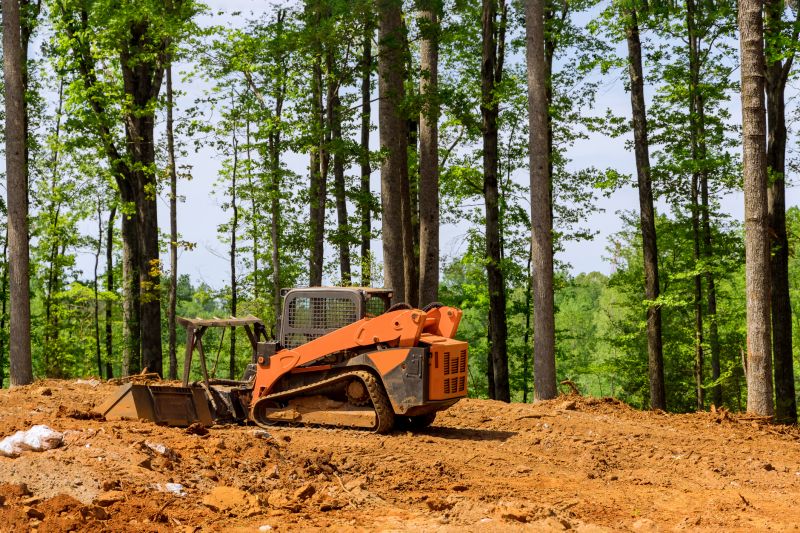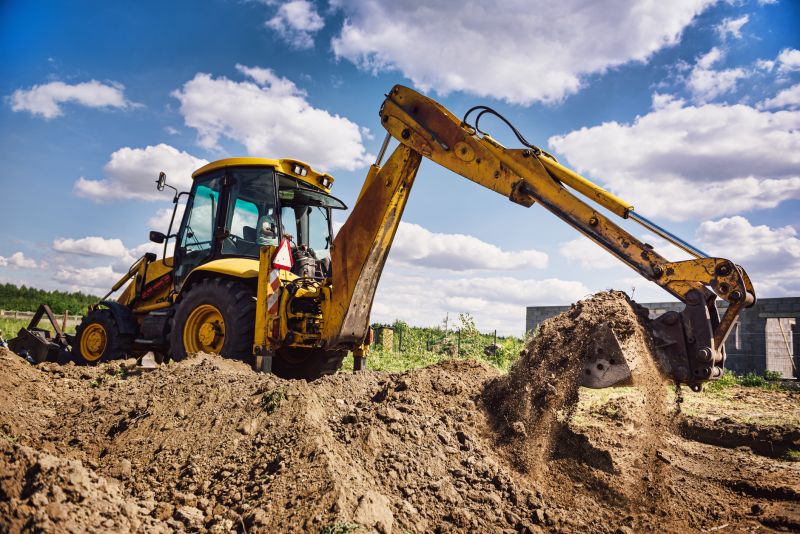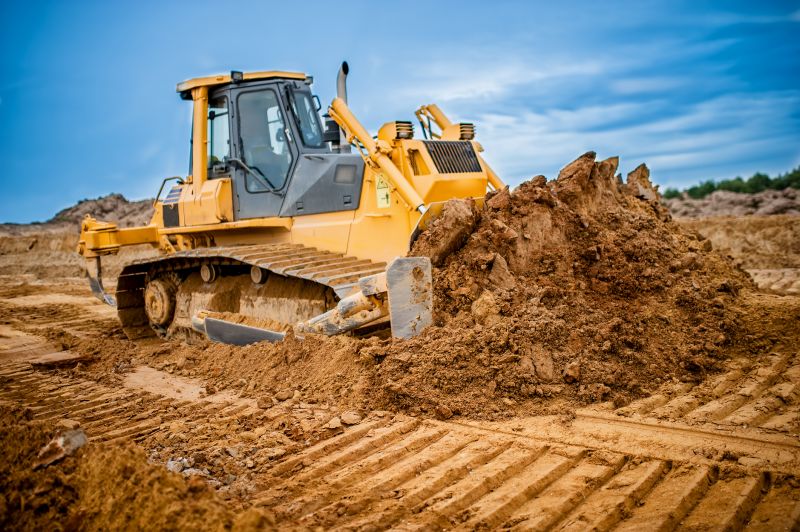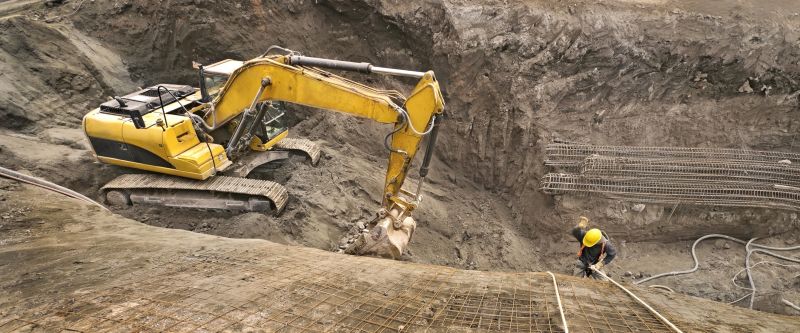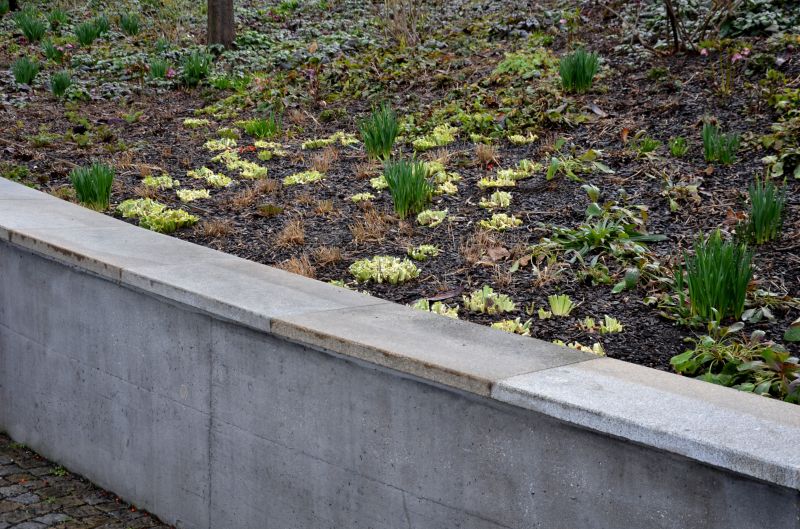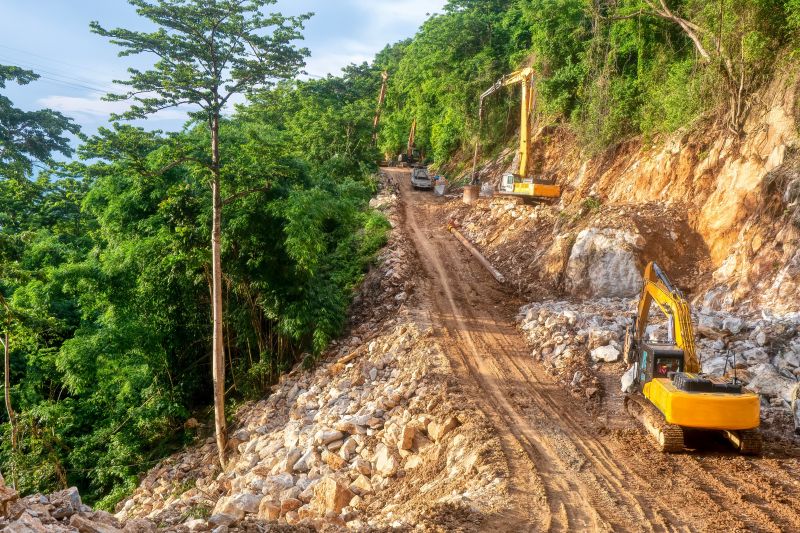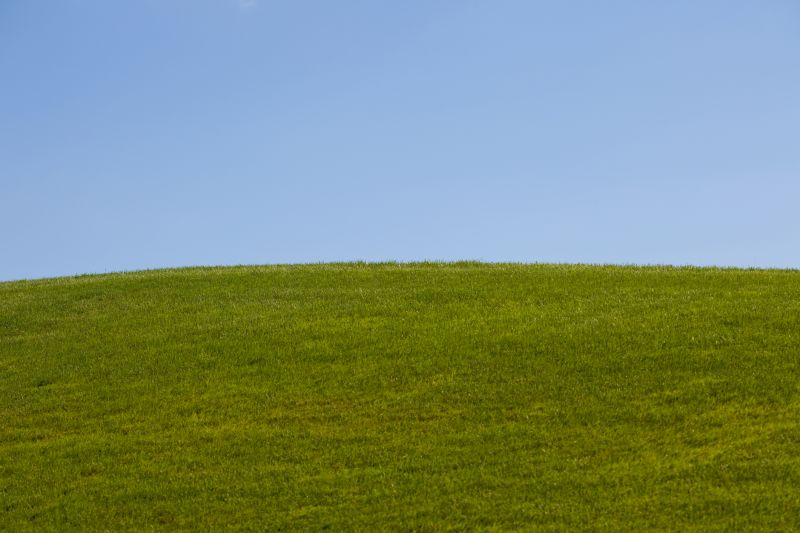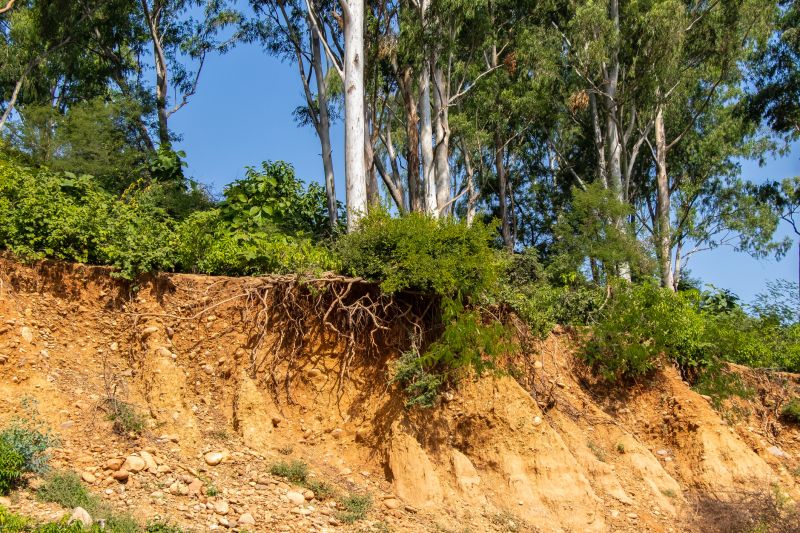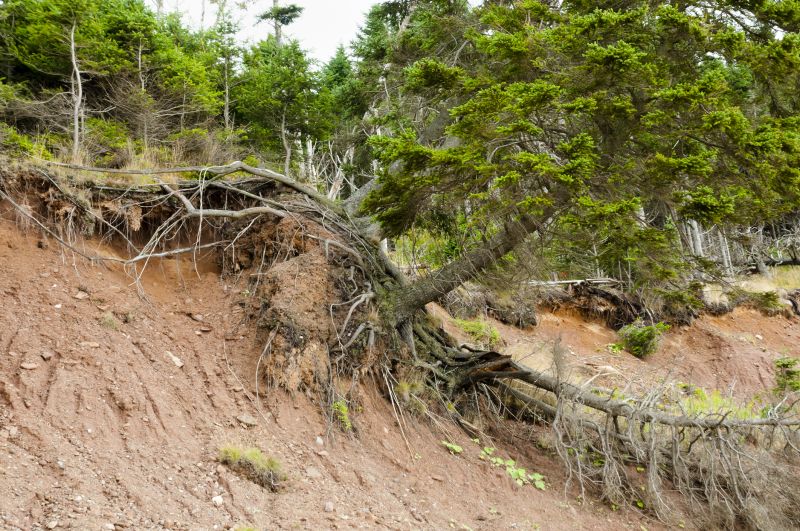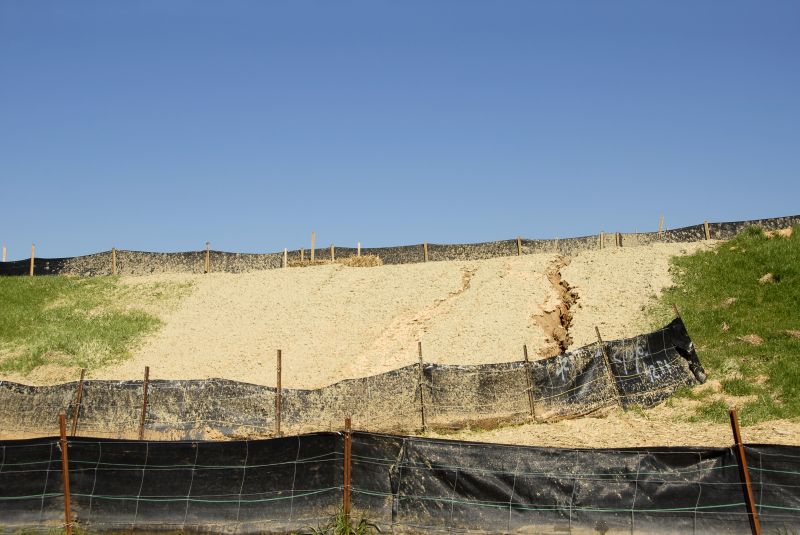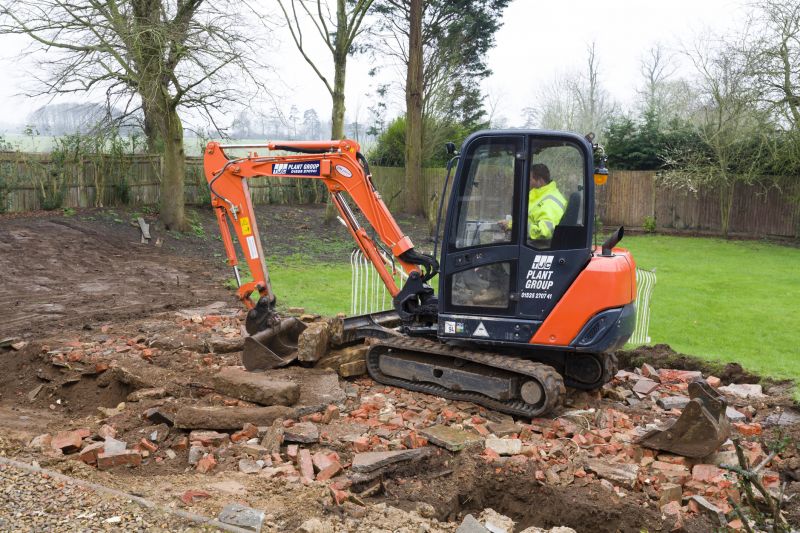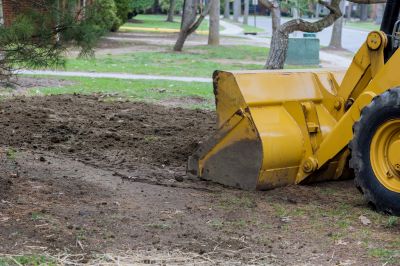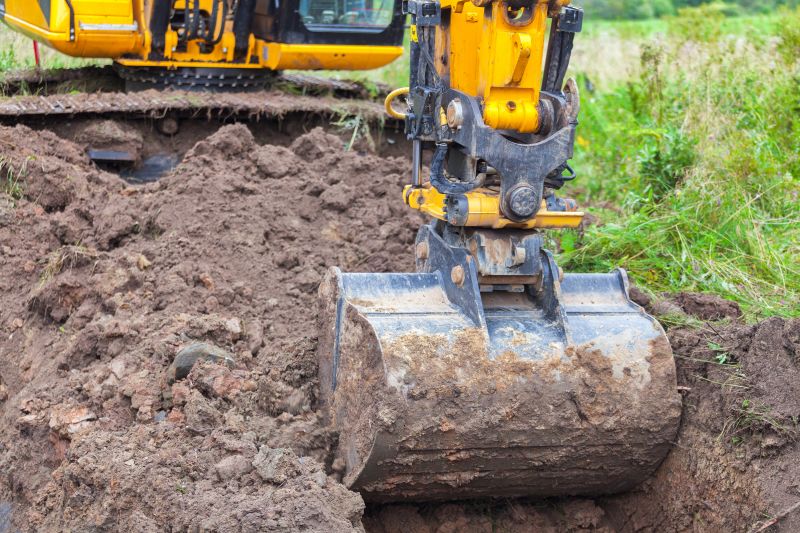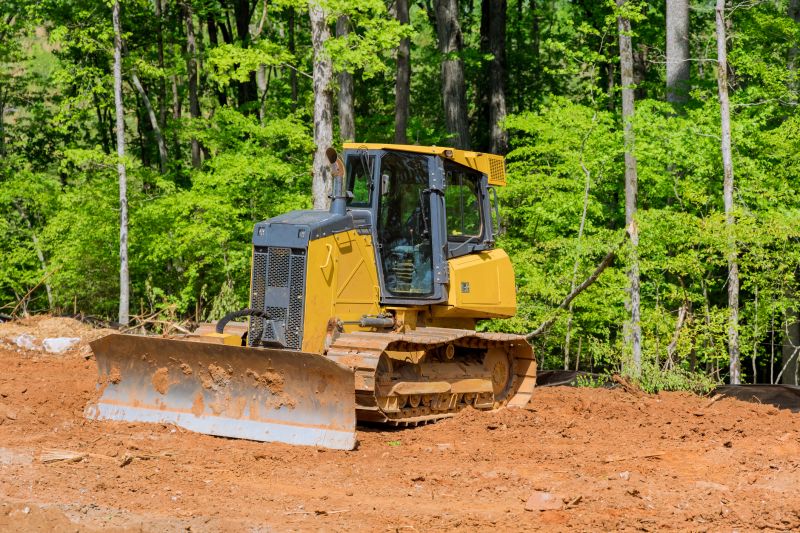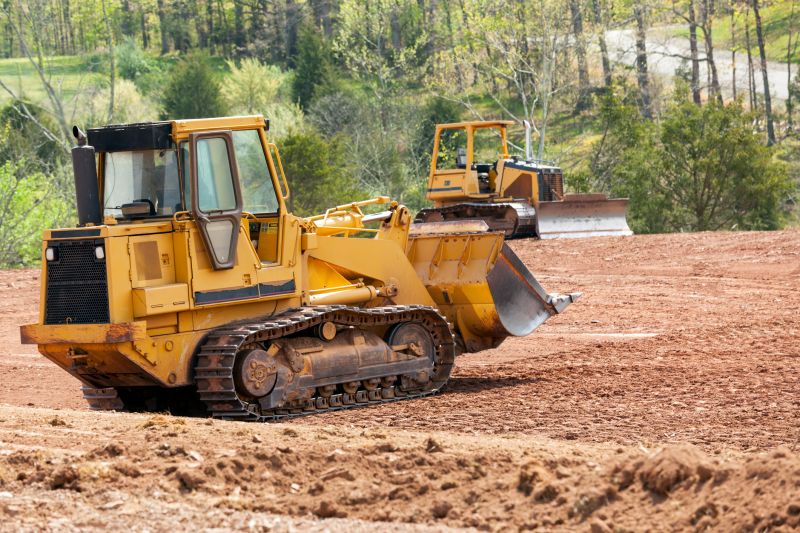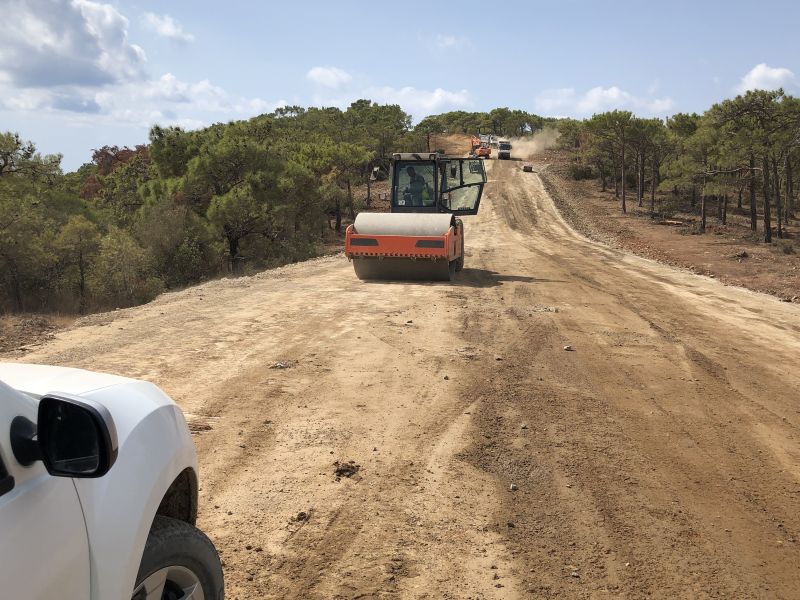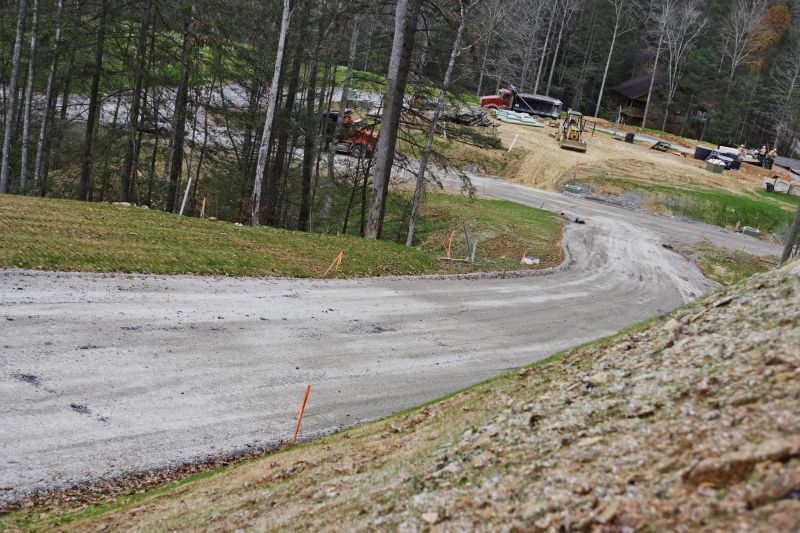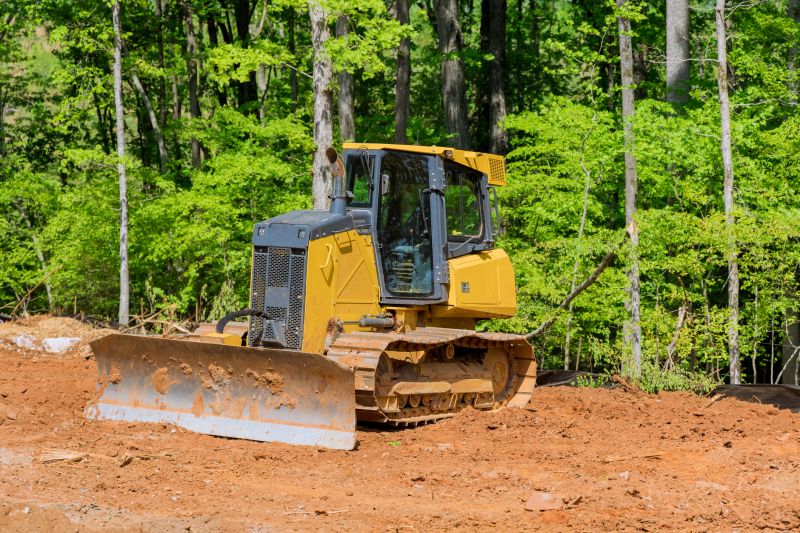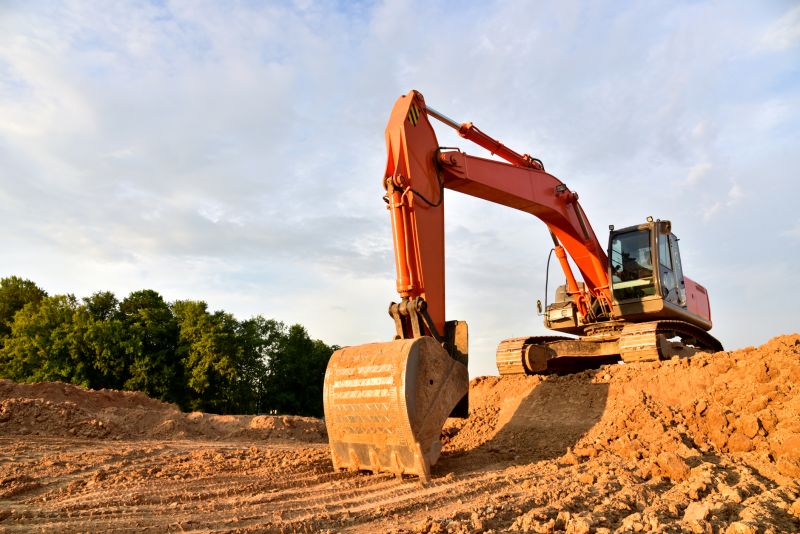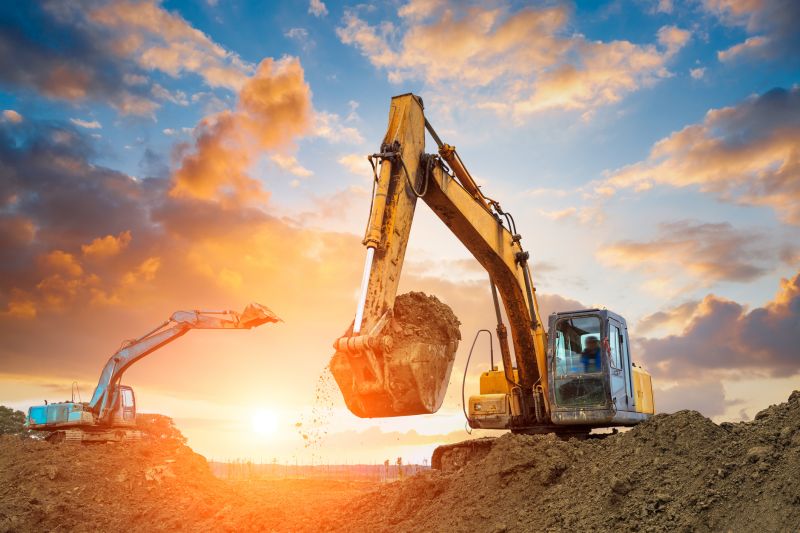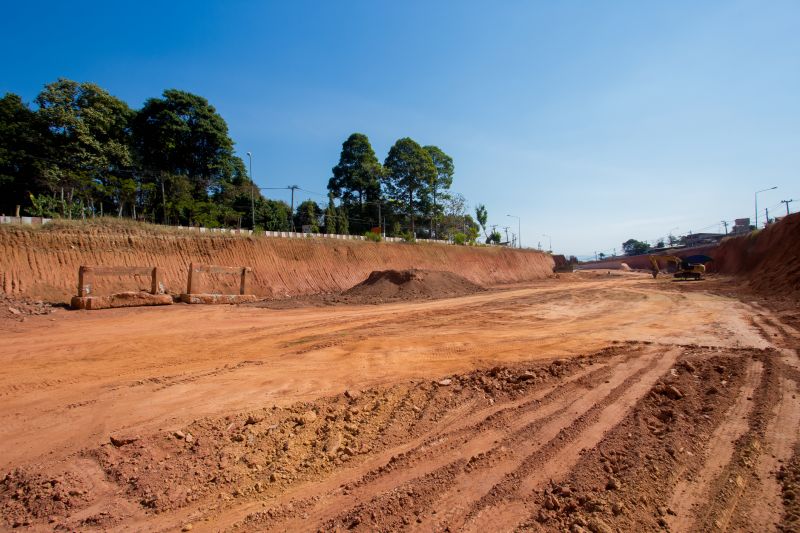
Slope Stabilization | How To
Get help with your slope stabilization needs. Fill out the form above and we will connect you with local pros in your area. Slope stabilization refers to the process of preventing or minimizing the movement and erosion of soil on inclined surfaces. It involves implementing various techniques and measures to enhance the stability and integrity of slopes, ensuring the safety of infrastructure and the surrounding environment. By employing methods such as retaining walls, soil anchors, geosynthetics, and drainage systems, slope stabilization effectively mitigates the risks associated with landslides, erosion, and slope failure. These practices are essential for maintaining the structural integrity of roads, buildings, and other constructions situated on slopes, as well as preserving natural landscapes.
Slope stabilization is the process of reinforcing and securing unstable slopes to prevent landslides or erosion. In this article, we will discuss the steps involved in slope stabilization.
The first step in slope stabilization is to assess the site. This involves evaluating the slope's stability, identifying potential risks, and determining the appropriate stabilization methods.
Once the site assessment is complete, the next step is to clear the area of vegetation and debris. Excavation may be necessary to remove unstable soil or rocks from the slope.
Depending on the site assessment, different stabilization measures may be required. This can include the installation of retaining walls, soil nails, rock bolts, or geotextiles to reinforce the slope and prevent movement.
Proper drainage is essential for slope stabilization. In this step, drainage systems such as French drains or surface drains are installed to redirect water away from the slope and prevent saturation.
To further stabilize the slope, vegetation and erosion control measures are implemented. This can include planting grass, shrubs, or trees, as well as installing erosion control blankets or mats.
After slope stabilization measures are in place, it is important to regularly monitor the slope for any signs of movement or erosion. Additionally, ongoing maintenance, such as vegetation management and drainage system upkeep, is necessary to ensure long-term stability.
Slope stabilization is a crucial process to prevent landslides and erosion. By following these steps and implementing the appropriate measures, you can ensure the stability and safety of slopes in various environments.
How to Do Slope Stabilization
Introduction
Step 1: Site Assessment
Step 2: Clearing and Excavation
Step 3: Installation of Stabilization Measures
Step 4: Drainage Improvement
Step 5: Vegetation and Erosion Control
Step 6: Monitoring and Maintenance
Conclusion

